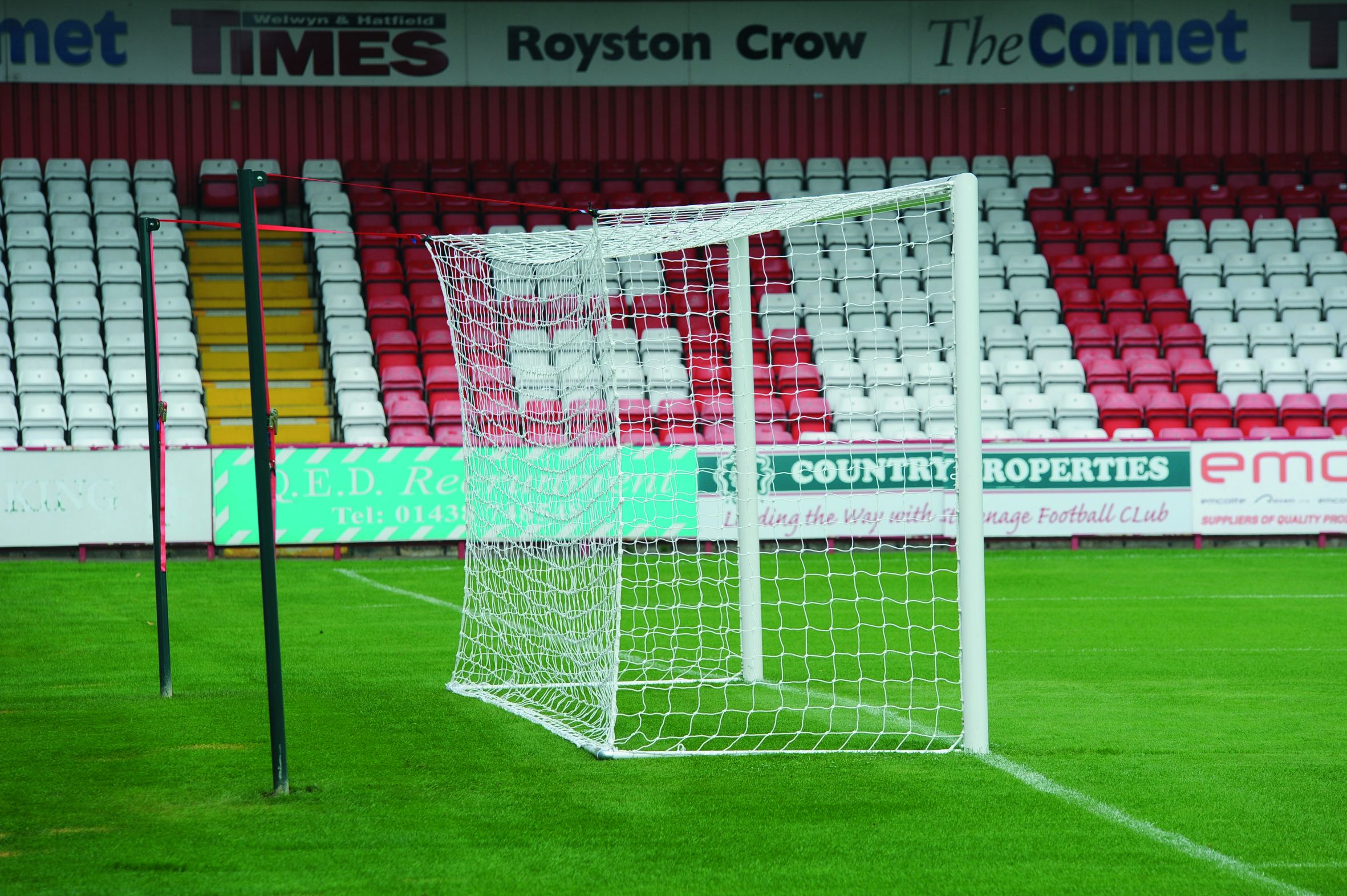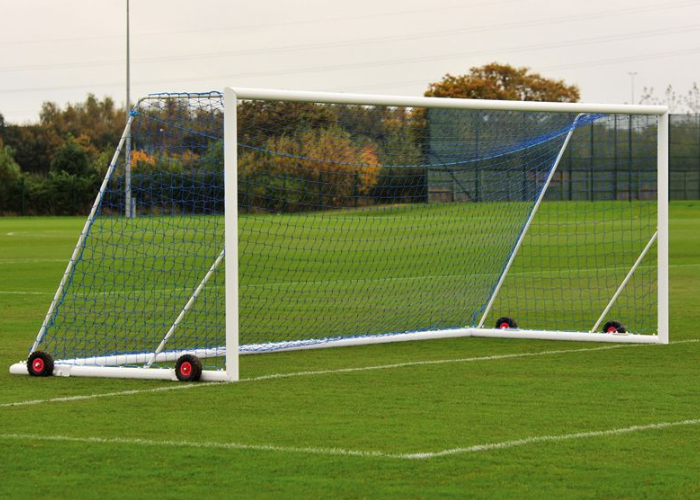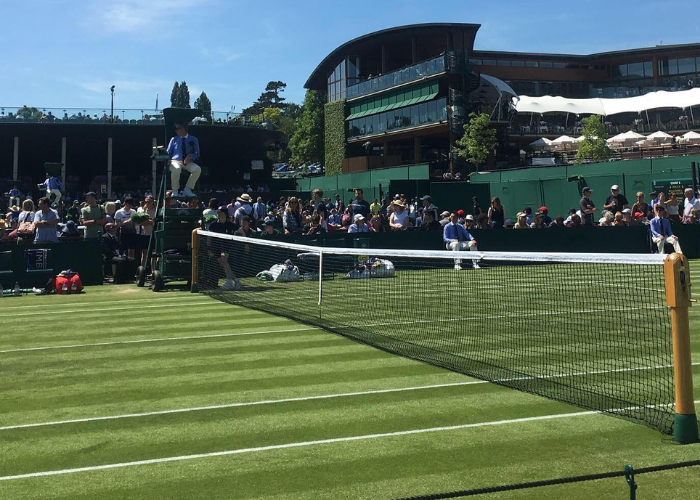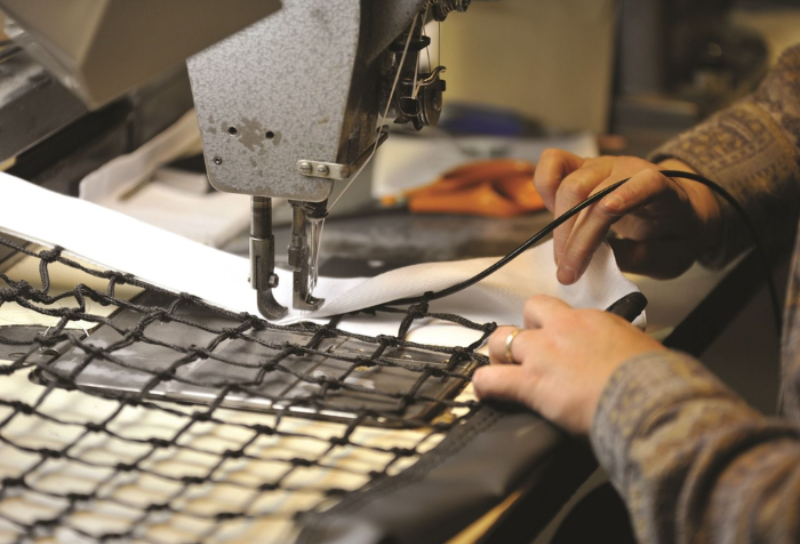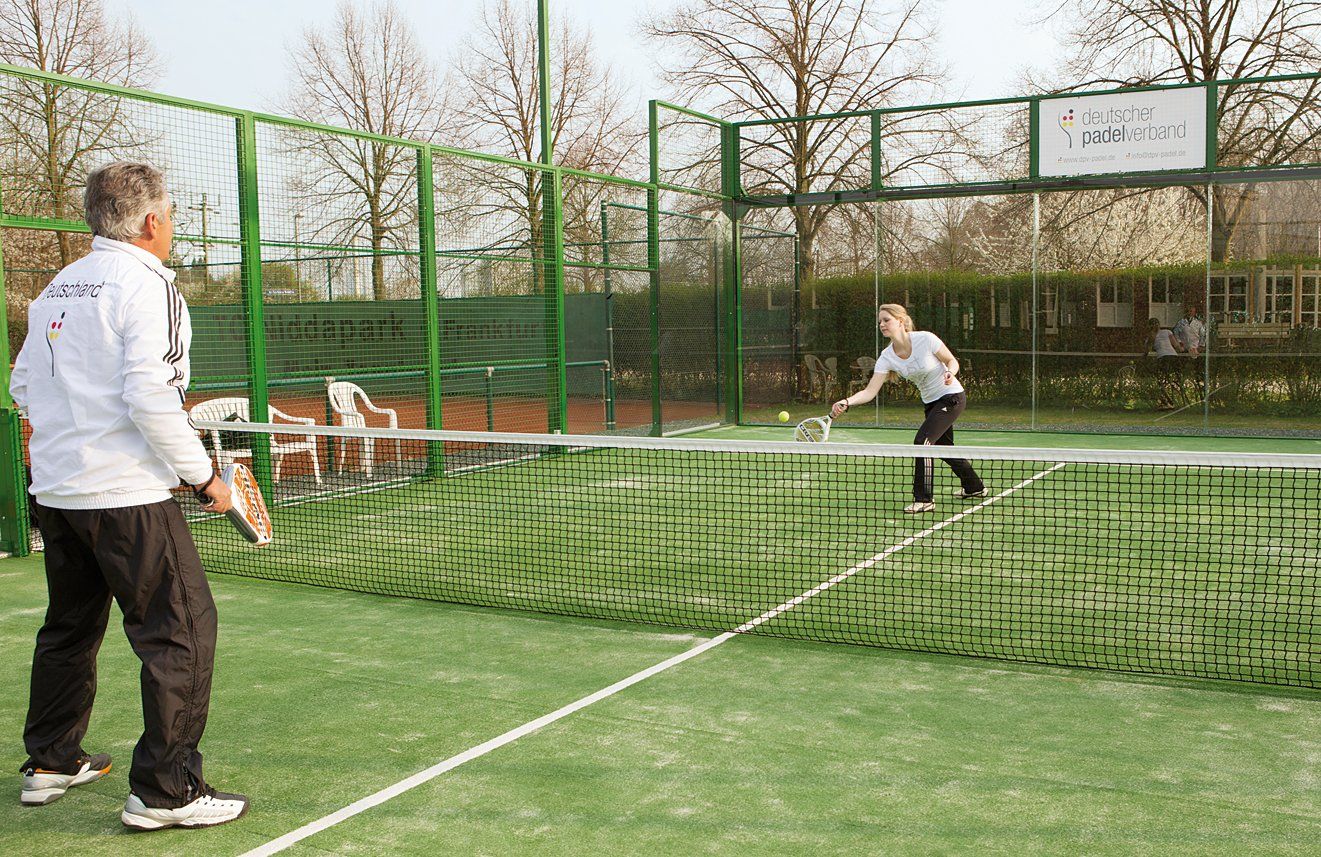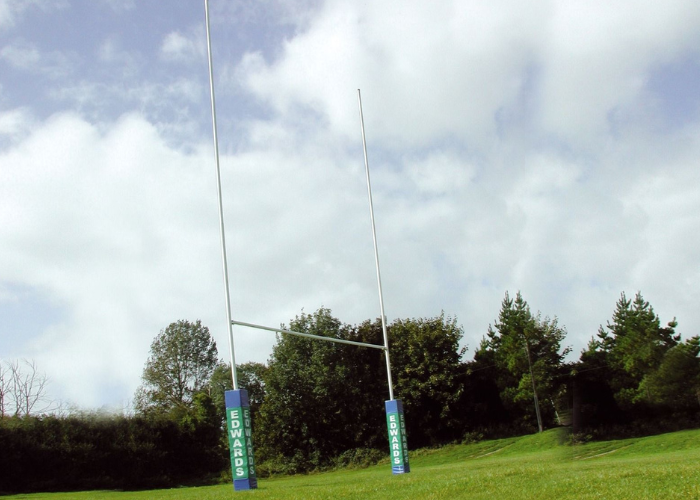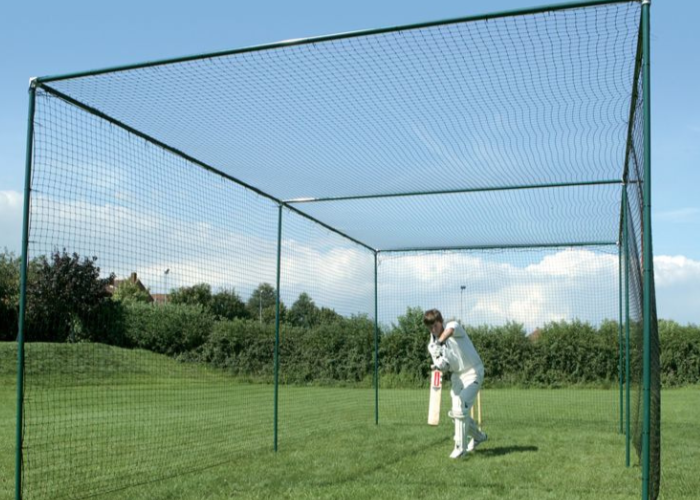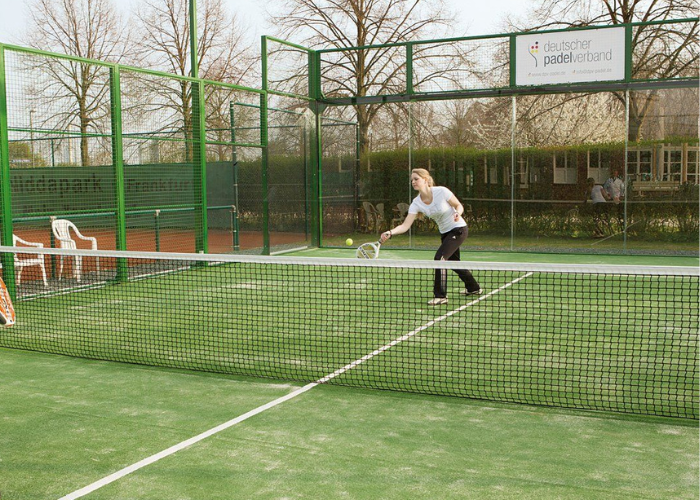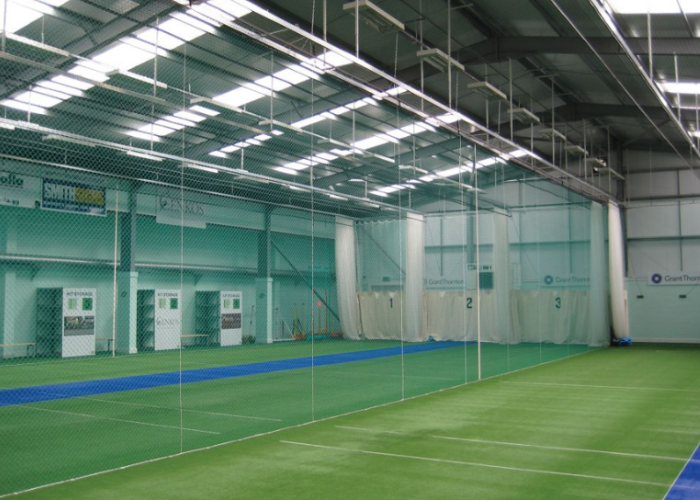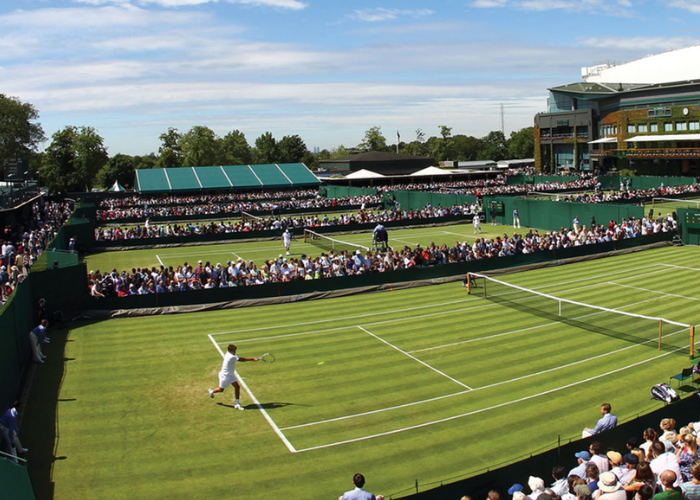We use cookies to make your experience better. To comply with the new e-Privacy directive, we need to ask for your consent to set the cookies. Learn more.
How To Setup A Tennis Court: Our Ultimate Installation Guide
- Admin
- Blog Posts
- 16 Dec 2022
-
19views
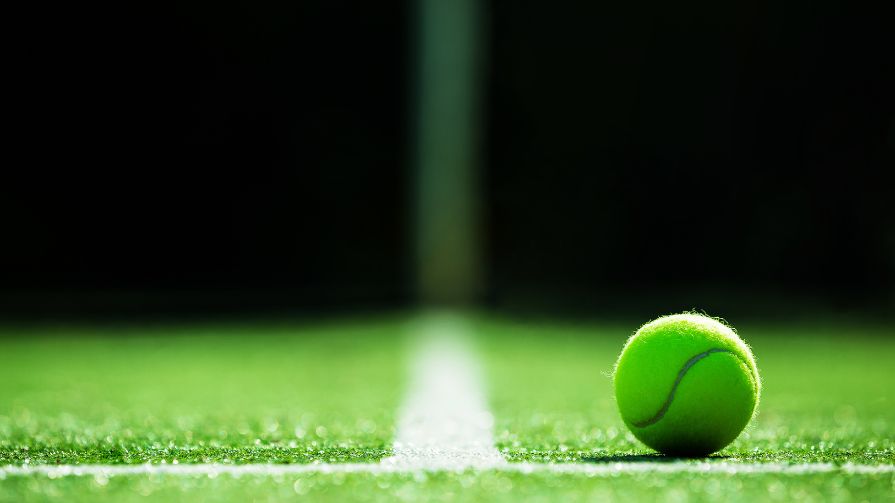
Setting up your own tennis court can be a great way to enjoy the sport or even just for fun. But it’s important to do it right in order to make sure you’re getting the most out of your court. Let's take a look.....
Setting up your own tennis court can be a great way to enjoy the sport or even just for fun. But it’s important to do it right in order to make sure you’re getting the most out of your court.
Setting up your tennis court correctly with all the necessary components will mean you can enjoy playing without worrying about the court not being properly equipt.
What Type of Tennis Court Are You Working With?
The first step in setting up a tennis court is to determine the type of surface you will be working with.
There are three main types of tennis courts: hard courts, clay courts, and grass courts, and you might need to take some different approaches when setting each one up.
Hard Courts
Hard courts are the most common type of tennis court and require special care to ensure that the surface is even and free from any bumps or irregularities.
The asphalt base will have to be levelled and prepped before the installation of the playing surface. This involves removing existing vegetation, checking for drainage issues, and ensuring that the playing area is properly marked out.
Once this is done, a thin layer of asphalt should be spread over the court in order to provide an even base. The thickness of asphalt should depend on the type of game you are playing.
Clay Courts
Clay courts are becoming increasingly popular as they provide a very unique playing experience.
The setup for clay courts is slightly more involved than hard courts, as you need to prepare the base with an additional layer of the substrate before installing the playing surface.
The playing surface should also be chosen carefully, as clay courts need to have a rigid and porous surface in order to provide good traction for players. The material for this layer can range from crushed stone, shale, or granite.
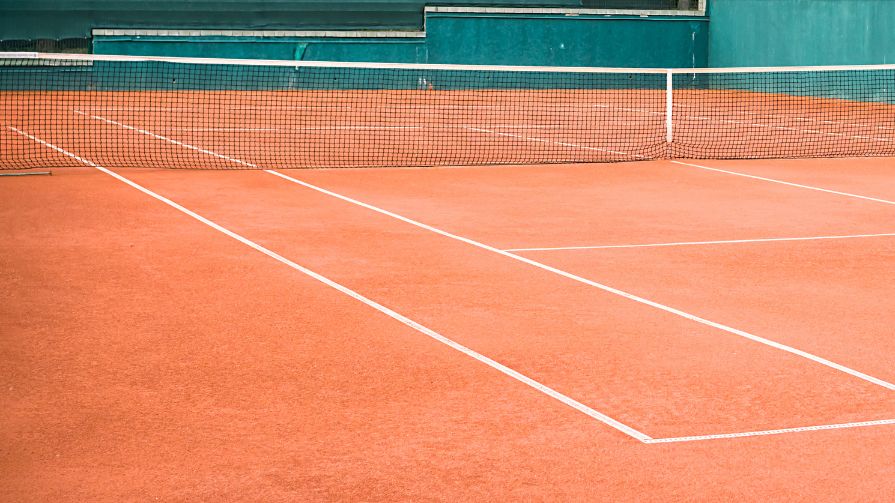
by ©Yaraslau (from Getty Images) via Canva.com
Grass Courts
Grass courts are typically only found in high-end locations such as private clubs or luxury resorts.
The setup process for grass courts is more complex than the other types of tennis court surfaces, as it requires special care and attention to ensure that the surface is even and free of any irregularities.
The first step is to prepare the soil with a layer of gravel and sand in order to ensure that the surface is level and free of any bumps. The soil should then be fertilised and seeded with a grass species that can withstand regular wear and tear.
Once this is done, the court needs to be rolled and mowed regularly in order to keep it even.
Once the grass is established, the surface should be brushed on a regular basis to ensure that it remains even and free of any dirt or debris.
What Elements Make a Good Tennis Court?
Assuming you already have your tennis court base set up, there are some additional elements that need to be taken into consideration in order to create a great playing experience.
Tennis Netting
Tennis netting is arguably the most important element of a court, as it provides the playing environment and defines the boundaries of play. The tennis net should be placed at a height of three feet, six inches in the centre and should have a minimum width of twenty-four feet.
The netting itself is typically made from nylon or polyester and should be replaced annually to ensure that it remains in good condition.
You will also need to install tennis net posts, which should be firmly fixed into the ground on either side of the court.
Tennis post winders are a key element to remember when installing your posts and net. Tennis post winders are used to tension the net and ensure that it is properly aligned with the court. If this is incorrect, it could affect the accuracy of shots and balls that fall on either side of the court.
Court Lines
Tennis courts also need to be marked out correctly with boundary lines, service and centre lines, doubles and singles sidelines, as well as tramlines.
The lines are typically painted onto the surface of the court and should be done professionally in order to ensure accuracy.
Roller machines can paint the lines directly onto the playing surface, and these should be used to ensure that they are even and accurately marked.
Ball Stop Netting
Ball-stop netting is also an important element that needs to be taken into consideration.
The purpose of ball stop netting is to contain any balls that fall outside of the court boundaries and ensure that they stay within the playing area.
The ball stop netting should be made from a heavy-duty material such as nylon and should be firmly fixed around the court perimeter.
It is also important to ensure that the netting is set at an appropriate height to avoid any balls passing underneath it.
How Do You Maintain a Tennis Court?
Tennis courts have to continuously be maintained and cared for in order to ensure that they remain playable and safe for players.
Monitoring the court surface is the most important step in maintaining a tennis court. Players should look out for any cracks or bumps on the surface that could affect the way the ball bounces and make sure to fill them in with appropriate materials as soon as possible.
The netting should also be checked regularly to ensure it is properly aligned and tensioned and that there are no tears or rips in the material.
Any broken elements on the tennis net and net posts should be replaced as soon as possible. It is important to keep all the court elements in good condition, from tennis post winders to tennis posts themselves.
Finally, the court should be brushed regularly with a stiff brush to remove dirt and debris from the playing surface. This will help ensure that the ball bounces consistently and accurately across the court.
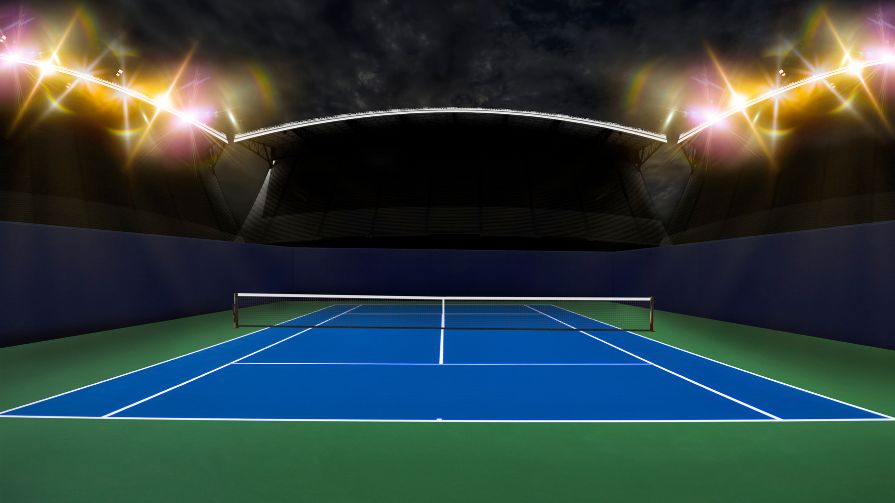
by ©AlbertoChagas (from Getty Images) via Canva.com
Wrapping Up: Is Your Tennis Court Missing These Key Elements?
Having the right elements in place is essential for creating an enjoyable and safe playing environment on a tennis court.
From netting to boundary lines, ball stop netting and tennis post winders, all these elements are important for maintaining efficiency and accuracy on the court.
Regularly checking your tennis court surface and equipment will ensure that it remains in good condition and that players can enjoy their games without worrying about any potential dangers.
If you have any questions about installing or maintaining a tennis court, don't hesitate to get in touch with us for advice!
FAQs
How do you lay out a tennis court?
The first step to laying out a tennis court is to mark out the boundaries of the court and install net posts on each side. The court should then be divided into singles’ and doubles’ sides, lines should be marked for service boxes and the centre line, and tramlines should be painted onto the surface.
What is the best surface for a tennis court?
Tennis players might have a preference for playing on different surfaces. But most tend to favour hard courts, as they provide good speed and response.
What direction should tennis courts face?
Tennis courts should face north-south in order to minimise the chances of players being blinded by direct sunlight. It is also important that the court is not too close to any trees or other obstacles which might obstruct a player’s view of the ball.
What are the three main surfaces of tennis courts?
The three main surfaces of tennis courts are: hard, clay and grass. Each surface offers a different playing experience and requires different levels of maintenance.
Featured Image by ©kireewongfoto(from Getty Images Pro) via Canva.com








